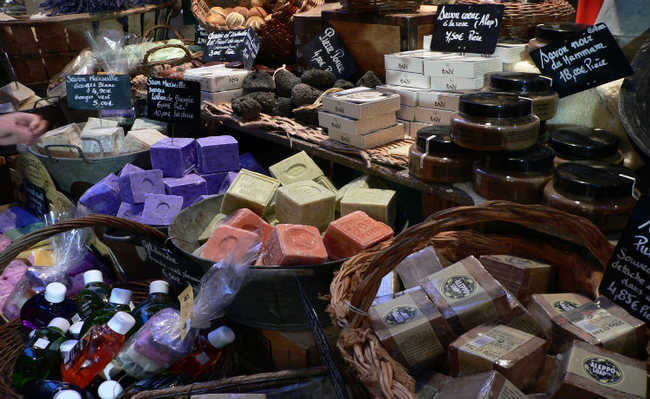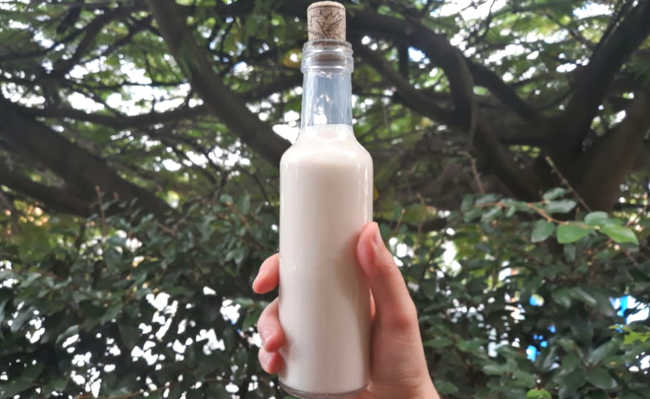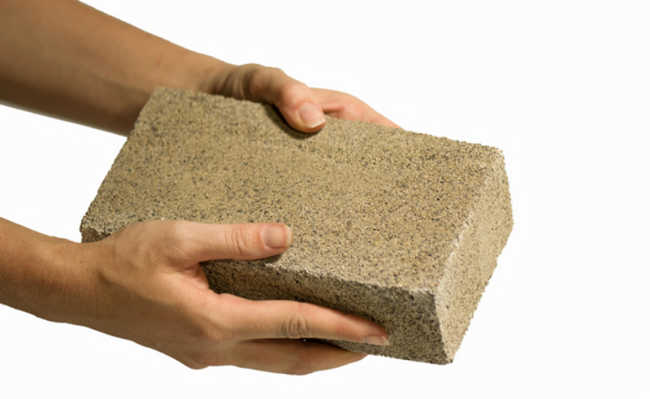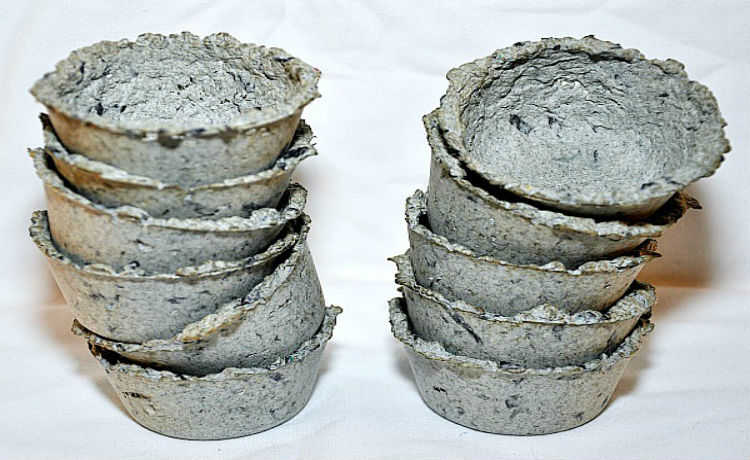What are fertilizers?
Widely used, conventional fertilizers contribute to the aggravation of various environmental problems

What are fertilizers? They are chemical compounds used in conventional agriculture to increase the amount of nutrients in the soil and, consequently, achieve a gain in productivity. Currently, they are used a lot, even though we pay a high price for it.
The problem with fertilizers is their impacts beyond food production. Among them are: soil quality degradation, pollution of water sources and the atmosphere, and increased pest resistance.
Types of conventional fertilizers
There are two major groups of fertilizers: inorganic and organic; both can be natural or synthetic.
The most common inorganics carry nitrogen, phosphates, potassium, magnesium or sulfur and the biggest advantage of these types of fertilizers is that they contain large concentrations of nutrients that can be absorbed almost instantly by plants.
In a report presented during Rio+20, IBGE described the growth in the use of fertilizers in Brazil. Between 1992 and 2012, consumption more than doubled, jumping from 70 kilos per hectare to 150 kilos per hectare twenty years later. According to Petrobras, 70% of nitrogen fertilizers are imported from countries like Russia and the USA. Of the national production, the company is responsible for 60%.
- What are organochlorines?
Organic fertilizers are made from natural products, such as humus, bone meal, castor bean cake, seaweed and manure.
- Humus: what it is and what are its functions for the soil
Studies show that the use of organic fertilizers increases soil biodiversity, with the emergence of microorganisms and fungi that contribute to plant growth. In addition, in the long term, there is an increase in soil productivity, unlike what happens with conventional inorganic fertilizers.
The manufacture of nitrogen fertilizers
Nitrogen fertilizers are among the most used and cause the greatest environmental impact. According to the International Fertilizer Association (IFA), the production of these compounds accounts for 94% of the energy consumption of all fertilizer production. The main fuels used are natural gas (73%) and coal (27%), both of which are fossil fuels, whose carbon dioxide (CO2) emissions contribute to the unbalanced process of the greenhouse effect, thus favoring the heating process global. Manufacturing consumes approximately 5% of annual natural gas production.
- What is the greenhouse effect?
Nitrogen is extremely important for plant growth and development, causing stunting when absent. In the atmosphere, it is found in the form of N² (not metabolizable by plants or animals), and other molecules, such as NO - not metabolizable by plants or animals. The main nitrogen fertilizers are ammonia and its derivatives, such as urea and nitric acid, which provide an assimilable nitrogen.
- Understand the nitrogen cycle
The production of nitrogen fertilizers takes place through the Haber-Bosch process. In it, the nitrogen (N2) present in the atmosphere is captured and mixed with methane (CH4) from natural gas and with some iron compound, such as iron oxide, which serves as a catalyst for the reaction. With the heat from burning natural gas and with pressure changes, ammonia is formed. Also according to the IFA, only 20% of the ammonia produced is not used in agriculture.
When fertilizers come into contact with the soil, a chemical reaction occurs in which bacteria, mainly those of the Pseudomonas genus, release nitrous oxide (N2O), a powerful greenhouse gas with a potential 300 times greater than that of carbon dioxide (CO2) . The Haber-Bosch process resembles the nitrogen cycle performed by bacteria in nature. The difference is that instead of returning N2 to the atmosphere, it returns a gas that contributes to climate change on the planet.
The process of extracting N2 from the atmosphere is one of the most worrying activities carried out by human activities. In 2009, a group of 29 scientists published a study on anthropic actions and their limits to the maintenance of life on the planet. The researchers suggest an annual limit of 35 million tons of N2 extracted from the air. Meanwhile, currently 121 tons of gas are removed from the atmosphere each year.
Other problems associated with inorganic fertilizers
In general, the use of inorganic fertilizers causes problems for the environment, including the contamination of groundwater, rivers and lakes. Many inorganic fertilizers carry persistent organic pollutants (POPs), such as dioxins and heavy metals in their composition, which contaminate animals and plants that live in the water. Other animals or humans themselves can become contaminated by drinking water or eating poisoned animals. Studies have already shown the accumulation of cadmium present in fertilizers in New Zealand soil.
- The danger of POPs
Contamination of water can also lead to its eutrophication. This is a process in which, according to studies, nitrogenous or phosphate compounds, upon reaching rivers, lakes and coastal areas, favor the growth and increase in the number of algae, which in turn lead to a decrease in oxygen and the death of several organisms. . Some environmentalists claim that this process creates "dead zones" in aquatic environments, without any life other than algae.
A similar process occurs with the intensive use of soap that contains phosphate in its composition and ends up being destined for rivers and seas.
- Our daily soap
Studies show that phosphate and nitrogen fertilizers can also cause soil dependence, by killing microflora organisms such as the mycorrhiza fungus and several bacteria that contribute to soil richness and plant development. Acidification is also one of the problems and would cause the loss of soil nutrients.

eutrophicated lake
Problems associated with organic fertilizers
Other research claims that one of the dangers of organic fertilizers is in their own composition. If not manufactured correctly, it may contain pathogens.
The amount of nutrients present in organic fertilizers is not exact and, unlike what happens with inorganic fertilizers, they may not be available at the right time for the plant's growth. This means that there is no use of this type of fertilizer in modern intensive agricultural production.
Although on a much smaller scale, this type of fertilizer, like inorganic ones, causes soil acidification and can release nitrous oxide into the atmosphere.
Future outlook and suggestions
The prospects are not rosy. With few economic efforts aimed at the health of the environment and people and a lot of importance for profit, the tendency is for the use of inorganic fertilizers to increase.
Over time, organic fertilizers have become little used and there is no research that can get good funding on the replacement of inorganic fertilizers by chemical compounds that are less abrasive to the environment. This problem becomes especially dangerous for Brazil. The country is one of the main agricultural frontiers in the world and will be one of the main responsible for the production that will feed the population that, according to the UN, should reach 9 billion people by 2050. This shows the potential increase in greenhouse gases issued in the country in a relatively short period of time.
In order not to expose yourself to all these problems, or even reduce the environmental impact of your purchases, when possible opt for organic food from small local producers. You can even grow your own vegetables, fruits and vegetables using organic fertilizers.
- Organic urban agriculture: understand why it's a good idea










